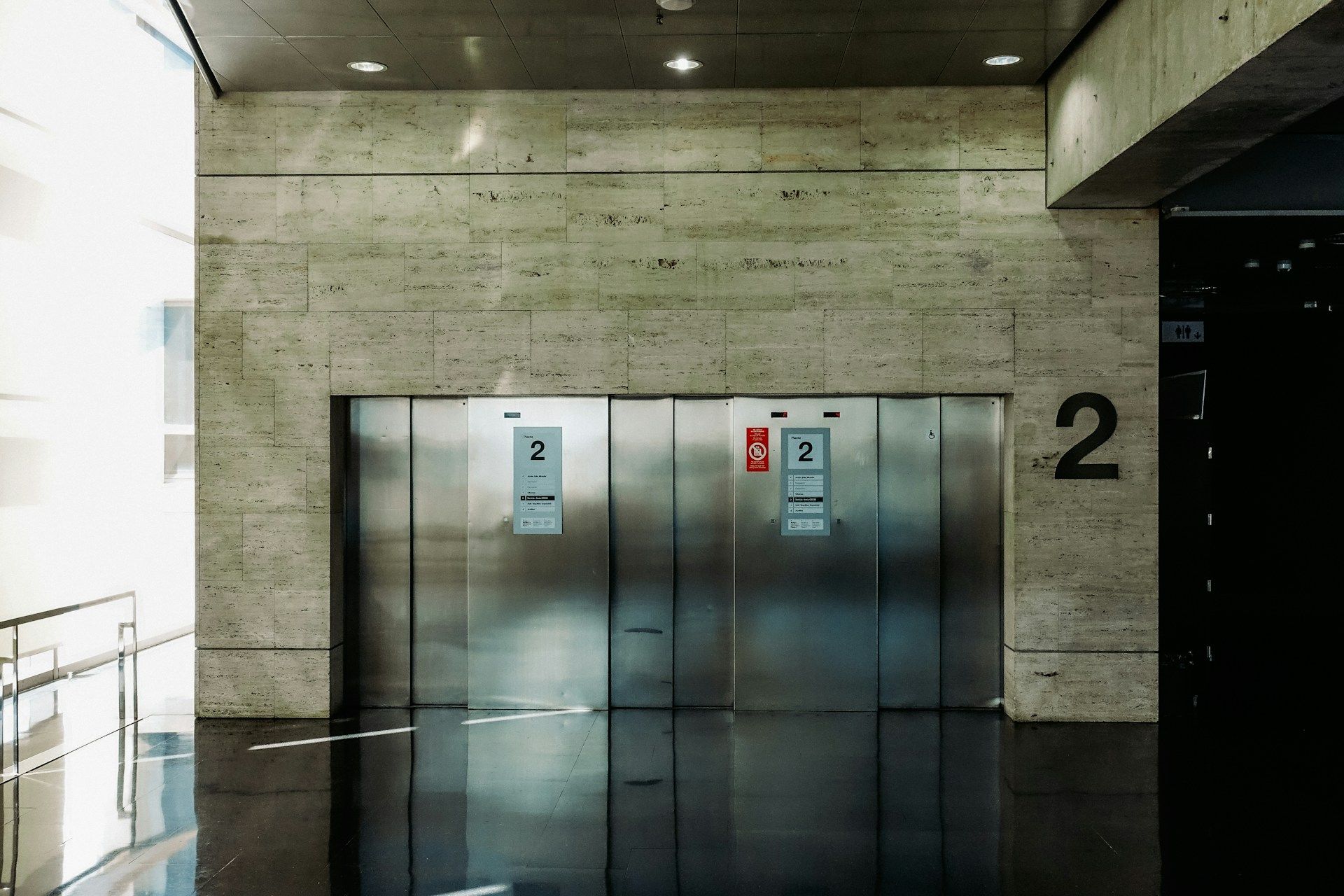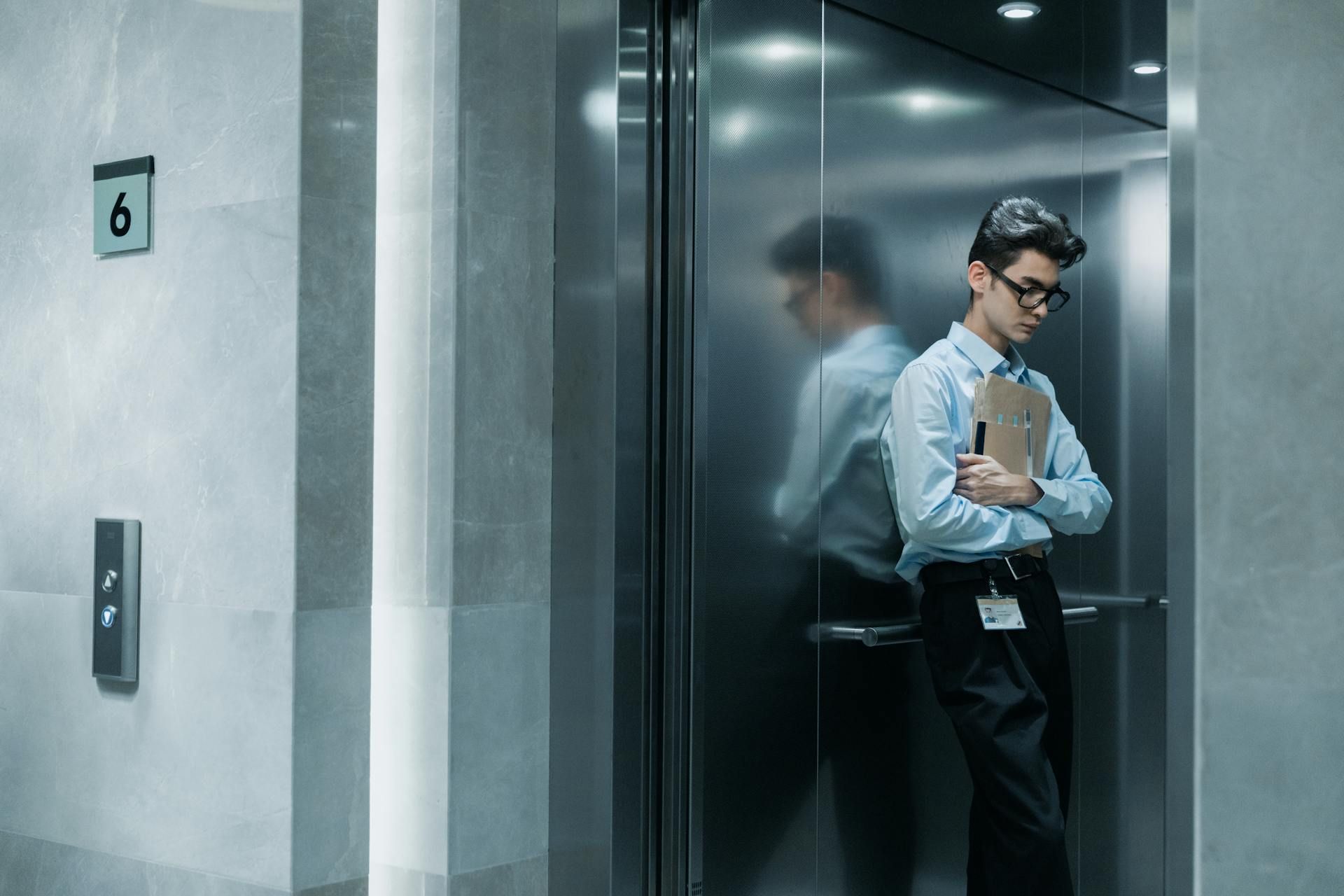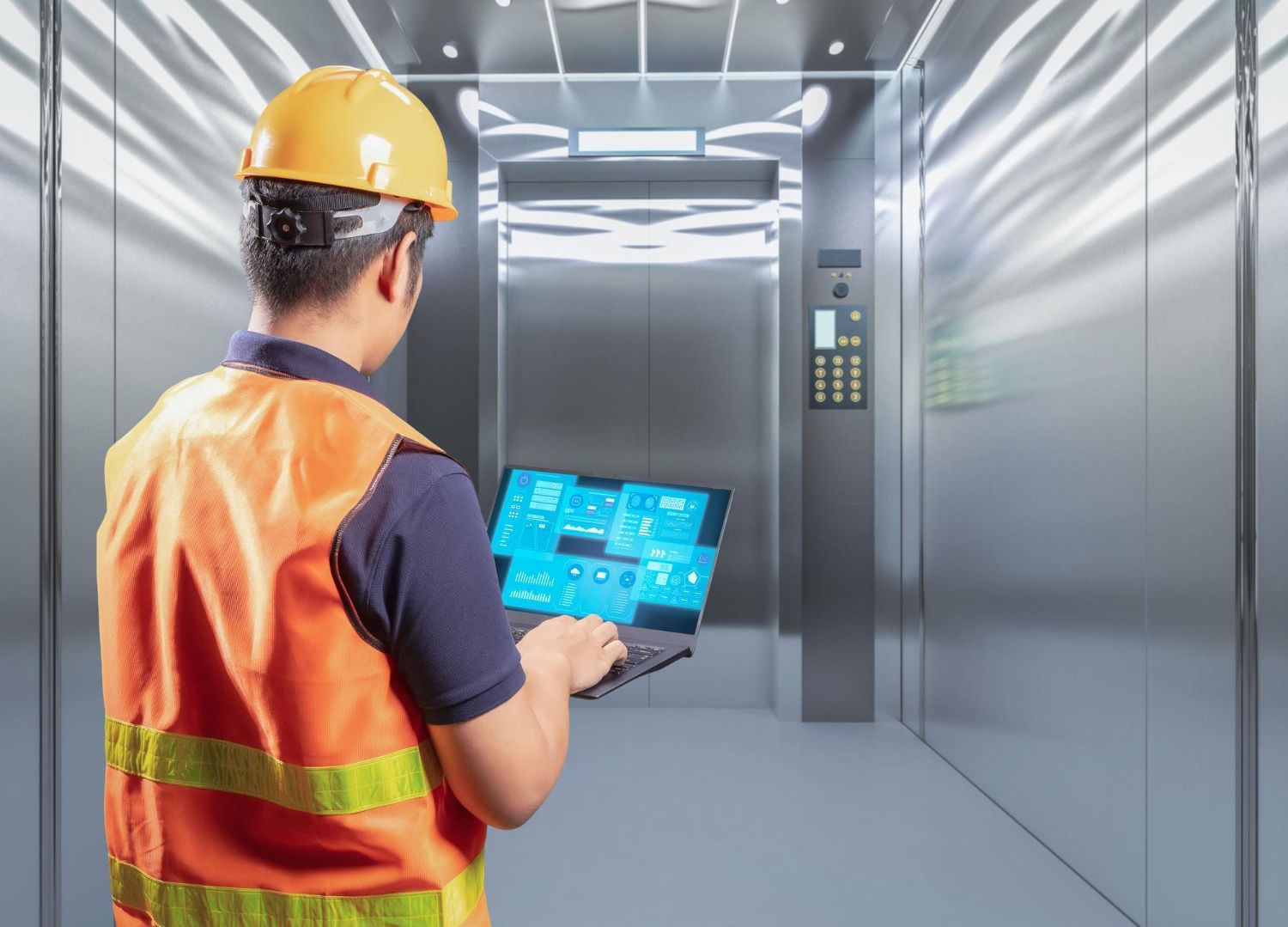Benefits of Updating Your Building with Modern Elevator Technology
Modernizing elevator technology isn't just about keeping up with trends; it's about enhancing safety, efficiency, and the overall experience for everyone using them. Think about it like updating your phone. Just as you wouldn't want to miss out on the latest features that boost performance and security, the same goes for elevators in buildings. They are a key part of everyday life in a high-rise. Upgrading your elevator system can lead to better performance, increased safety, and smoother rides that everyone can enjoy.
Old elevator systems often struggle to meet the demands of today's buildings. You might notice frequent breakdowns or none-too-pleasant sounds during operation, a bit like listening to static on an old radio. These systems can become unreliable and potentially unsafe over time. Bringing in modern technology addresses these issues and offers significant enhancements that make every trip more comfortable and efficient. Let's explore the tangible benefits of updating your elevator technology.
Increased Safety and Reliability
When you think about why modernizing elevators is a smart move, one of the first things that come to mind is safety. Modern elevator technology incorporates advanced safety features that make a huge difference.
1. Automatic Door Systems: This feature helps ensure doors open and close at the right moments, reducing the risk of accidents.
2. Emergency Communication: Modern systems provide quick and easy access to emergency services if someone gets stuck.
3. Updated Control Systems: Better control translates to fewer technical hiccups, making elevators less likely to get stuck or malfunction mid-trip.
Newer elevators also rely less on outdated machinery, which often means fewer breakdowns and repairs. This reliability ensures that people in business complexes, residential buildings, or even public facilities can go about their day without elevator hassles. The peace of mind knowing that you’re using a system designed with the latest safety standards makes updates a worthy consideration. The next time that elevator chime rings, you’ll know it's backed by reliable tech, much like a dependable vehicle on a road trip.
Updating your elevators now might seem like a big step, but the enhancements in safety and reliability offer benefits that speak for themselves. And while considering these upgrades, it’s important to remember the added efficiencies found in modern systems, which we'll explore next.
Improved Energy Efficiency
Updating your building's elevators isn't just great for safety and reliability; it’s also smart for the environment. Modern elevator systems are designed to be more energy-efficient, which can lead to noticeable savings on utility bills. One key feature of these elevators is regenerative drives. They work like this: when the elevator descends or slows down, the system recovers energy and feeds it back into the building's power grid. This process can significantly cut down on energy consumption, much like energy-efficient light bulbs compared to old incandescent types.
Another eco-friendly component of contemporary elevators is LED lighting. These lights last longer and use less power than traditional bulbs, providing savings on both replacement and energy costs. Additionally, advanced control systems optimize scheduling and travel paths, minimizing unnecessary stops and reducing energy wastage.
By choosing to modernize your elevators, you're making a choice that benefits both your wallet and the environment. It’s a sustainable step forward that aligns with the growing movement toward green building practices.
Enhanced User Experience
Modern elevators aren’t just about function; they’re also about elevating user comfort and satisfaction. Picture stepping into an elevator that’s sleek, quiet, and smooth. Gone are the days of jerky starts and stops or noisy rides that feel more like a rickety amusement park ride. Newer systems offer a vastly improved user experience, making every ride feel premium.
These upgrades include:
- Quieter Operation: Advanced technology allows for near-silent movement, creating a more pleasant environment.
- Smooth Riding Technology: Reduced vibration and seamless transitions make for comfortable travel between floors.
- Aesthetic Enhancements: With modern designs and customizable interior finishes, elevators can complement a building's aesthetic perfectly.
These enhancements not only make everyday trips more enjoyable but also contribute to a building’s overall appeal. Whether it’s a residential building attracting potential tenants or a commercial space appealing to clients, the right elevator can make all the difference.
Cost Savings in the Long Run
While the initial investment in modernizing your elevator systems might seem hefty, the long-term financial benefits are substantial. Modern technology not only cuts down on energy bills but also reduces maintenance and repair costs. Outdated systems often need more frequent repairs, and finding the right parts can be both time-consuming and expensive.
With newer systems, the need for regular maintenance checks is minimized due to robust and reliable components. This means fewer unexpected breakdowns and a much smoother operation overall. Plus, the longevity of updated systems is typically much greater, ensuring your investment lasts well into the future.
By upgrading now, you’re not only aligning with current technology standards but also saving money over time. It’s an investment that pays for itself in multiple ways, ensuring that your building runs efficiently and effectively.
Elevator modernization represents a smart choice for those looking to enhance user experience, improve safety, and enjoy long-term cost savings. With all these benefits, it’s clear why now could be the perfect time to consider upgrading your building’s elevators.
Ready to bring your building into the future? Upgrade with modern features that boost safety, efficiency, and user experience. Start your elevator modernization project today with Elevator Solutions Inc. For customized solutions tailored to your needs, explore our elevator modernization services and see how we can transform your elevator system.



